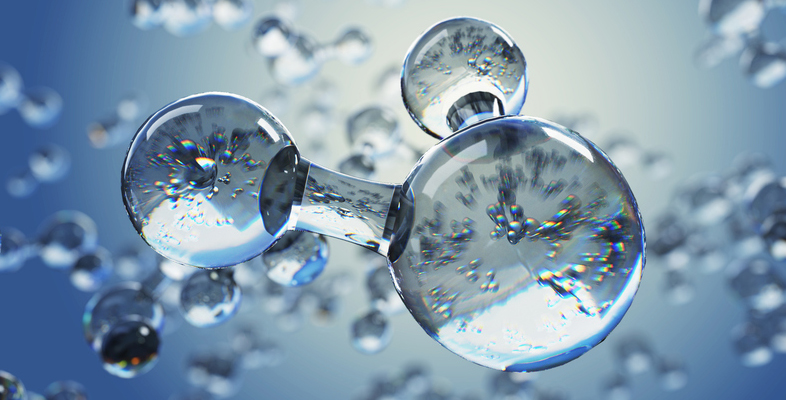1.1 Introducing chemical compounds
To start your exploration of the way elements combine to form compounds, let’s look at a simple example.
When sodium (a metal) and chlorine (a gas) are brought into contact, they react vigorously, and white crystals of sodium chloride are formed.
In these crystals, there are equal numbers of sodium and chlorine atoms; that is, the sodium and chlorine atoms are combined in the simple ratio 1:1.
But this doesn’t tell the whole story.
-
In session 1, you met charged versions of atoms; what are they called?
-
These are ions (positively charged ions are called cations and negatively charged ions are called anions).
Sodium chloride is an example of what is known as an ionic compound, meaning the component atoms are present in the form of their ions; so to be absolutely precise it is sodium cations (Na+) and chloride anions (Cl-) that are present in a 1:1 ratio.
So the chemical formula for sodium chloride is NaCl.
Compounds are also formed with their component ions in other ratios.
For example chlorine and magnesium react to form a compound where there are two chloride anions for every magnesium cation. So the formula for magnesium chloride is MgCl2. You’ll notice the subscript 2 represents the fact there are two chlorine atoms in the formula. In fact if you were really pedantic you could write the formula as Mg1Cl2, but the subscript 1 is always left out, (likewise NaCl is never written as Na1Cl1).
Finally, in both these cases, and indeed ionic solids in general, the total charge of the cations equals the total charge of the anions and the compound is electrically neutral.
-
Look again at the formula for magnesium chloride; what is the charge on the magnesium cation?
-
In MgCl2, because you have two Cl- ions per magnesium ion, the cation must be Mg2+ to ensure the compound is electrically neutral.
So far in this introduction to chemical compounds you have met examples of substances made up of ions.
But this isn’t always the case.
Instead substances may be made of molecules – this is the topic of the next section.
